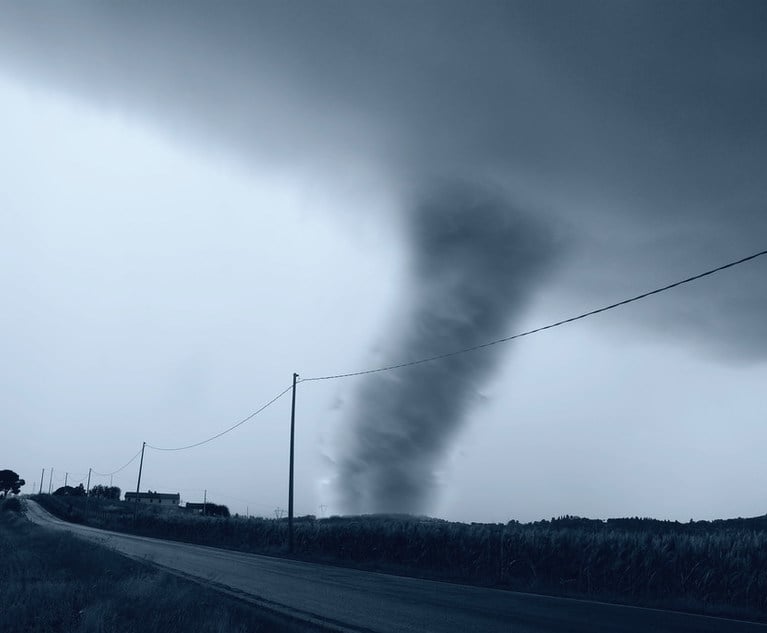In states bordering the Gulf of Mexico and the Atlantic Ocean,vast areas of coastal land have been destroyed since the mid-1800sas a result of natural processes and human activities, according tothe U.S. Geological Survey's Coastal and Marine Geology Program.The National Assessment of Shoreline Change Project was undertakento identify the physical factors that influence coastal land loss,including reductions in sediment supply, relative sea level rise,and frequent storms. Human activities, such as sediment excavation,river modification, and coastal construction, also affect theshorelines.
|As coastal populations continue to grow, and communityinfrastructures are threatened by erosion, there is increaseddemand for accurate information regarding past and presentshoreline changes, according to the USGS. There also is need for acomprehensive analysis of shoreline movement that is regionallyconsistent. To meet these needs, the Coastal and Marine GeologyProgram is conducting an analysis of historical shoreline changesalong open-ocean sandy shores of the conterminous United States andparts of Alaska and Hawaii. A primary goal of the NationalAssessment of Shoreline Change Project is to develop standardizedmethods for mapping and analyzing shoreline movement.
Want to continue reading?
Become a Free PropertyCasualty360 Digital Reader
Your access to unlimited PropertyCasualty360 content isn’t changing.
Once you are an ALM digital member, you’ll receive:
- All PropertyCasualty360.com news coverage, best practices, and in-depth analysis.
- Educational webcasts, resources from industry leaders, and informative newsletters.
- Other award-winning websites including BenefitsPRO.com and ThinkAdvisor.com.
Already have an account? Sign In
© 2024 ALM Global, LLC, All Rights Reserved. Request academic re-use from www.copyright.com. All other uses, submit a request to [email protected]. For more information visit Asset & Logo Licensing.








